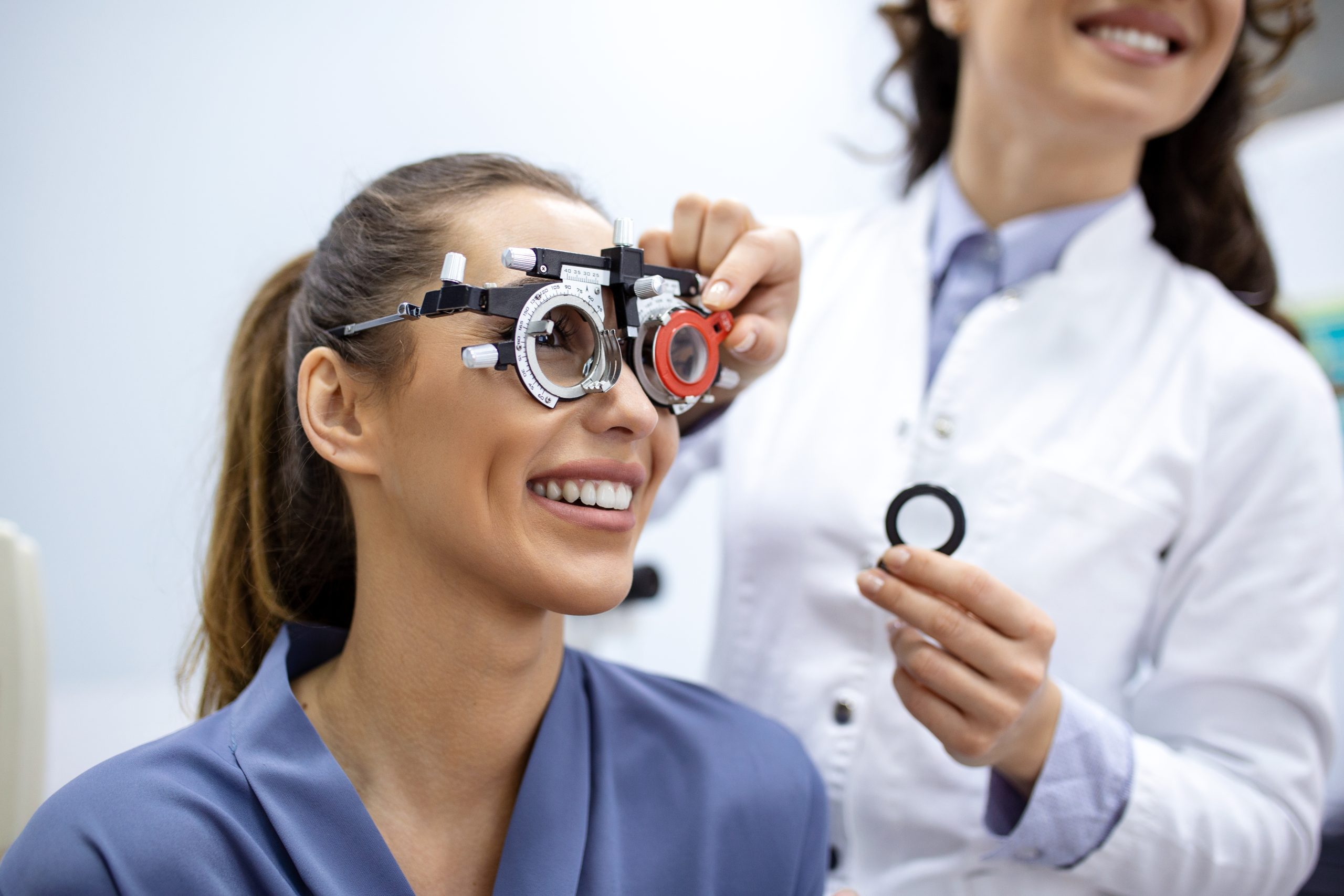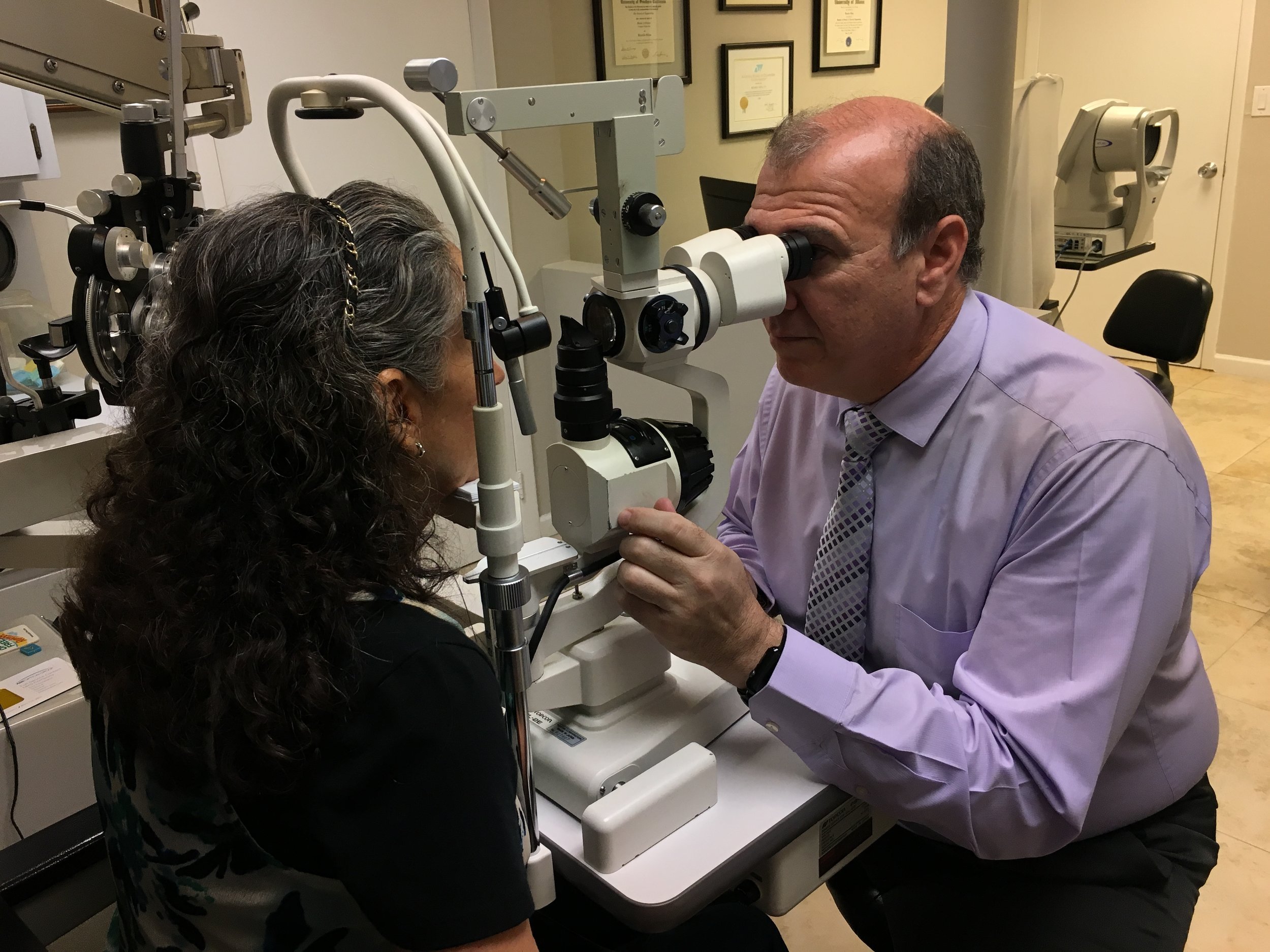Exactly How an Eye Doctor Can Transform Your Vision Health in Chino
Exactly How an Eye Doctor Can Transform Your Vision Health in Chino
Blog Article
Checking Out the Newest Technological Innovations in Optometry and What They Mean for Eye Doctors
In the ever-evolving field of optometry, current technological improvements are reshaping just how professionals approach eye treatment. From the precision of Optical Coherence Tomography to the nuanced insights provided by AI-driven analysis tools, these developments are setting new requirements in individual evaluation and therapy. Teleoptometry is poised to redefine ease of access, guaranteeing that experience goes beyond geographical constraints. As these innovations permeate the method, eye doctors are encountered with the challenge of accepting these tools to enhance client results. Yet, the concern stays: how will these technical shifts redefine the roles and obligations within the occupation?
Innovations in Diagnostic Equipment
Progressing the field of optometry, advancements in diagnostic tools have changed the method eye treatment professionals examine and detect ocular conditions and visual problems. The past decade has witnessed considerable technological developments, allowing more detailed and accurate examinations. Optical Comprehensibility Tomography (OCT), as an example, supplies high-resolution cross-sectional pictures of the retina, allowing for the early discovery of illness such as glaucoma and age-related macular degeneration. This non-invasive imaging technique has actually become indispensable in modern optometric practice.
Another key technology is the introduction of innovative corneal topography systems, which map the surface area curvature of the cornea with accuracy. These tools are specifically helpful for suitable contact lenses and detecting corneal disorders. Digital retinal imaging has transformed typical ophthalmoscopy, using detailed, scenic sights of the retina that assist in thorough aesthetic examinations.
The development of wavefront aberrometry has actually likewise been essential, allowing the analysis of refractive mistakes with unmatched accuracy (Eye Doctor). This innovation aids in personalizing corrective lenses and improving medical results for refractive surgical treatments. Jointly, these analysis improvements equip optometrists to deliver superior person treatment, making certain very early treatment and tailored therapy methods, eventually enhancing visual health results
AI in Individual Management
Structure on the foundation of cutting-edge diagnostic tools, the unification of man-made intelligence (AI) in patient administration represents a transformative leap for optometry. AI systems are increasingly employed to boost effectiveness, accuracy, and personalization in person care. By analyzing huge amounts of data, AI can recognize patterns and anticipate prospective ocular conditions, making it possible for eye doctors to customize interventions better. This capacity is essential in managing chronic eye illness such as glaucoma and diabetic retinopathy, where very early detection and continual surveillance are key.
Moreover, AI-driven platforms help with streamlined patient communications and administrative procedures. Automated organizing, digital consultations, and individualized follow-up strategies not just improve individual fulfillment but also enhance time management for specialists. These systems can triage patients based upon the seriousness of their conditions, making certain that those in essential requirement get timely attention.
In addition, AI boosts decision-making by providing optometrists with evidence-based suggestions and treatment paths. By incorporating information from digital health documents, AI devices use insights that inform professional decisions, minimizing the danger of mistakes and improving patient results. As AI remains to progress, its duty in person administration will likely expand, improving the landscape of optometric treatment.
Advancements in Retinal Imaging
In the world of optometry, retinal imaging has experienced amazing technical improvements that are enhancing analysis abilities and patient treatment. Innovations such as Optical Coherence Tomography (OCT) and fundus digital photography have actually transformed how optometrists envision and examine the retina. OCT, in specific, offers high-resolution, cross-sectional images of the retina, allowing for the in-depth evaluation of its layers. This ability is very useful for very early detection and management of conditions like glaucoma, diabetic person retinopathy, and age-related macular deterioration.
Enhanced imaging modalities like OCT angiography are additional refining analysis precision. This non-invasive technique maps blood flow in the retina, supplying essential understandings into vascular health and wellness without the demand for dye shots. Furthermore, adaptive optics modern technology is being integrated right into retinal imaging systems to correct eye aberrations, delivering extraordinary picture clarity. Such advancements assist in the identification of min retinal adjustments that can indicate illness development.
Furthermore, developments in expert system are increasing retinal imaging by allowing computerized analysis of huge datasets. These systems assist optometrists in identifying patterns a sign of pathology, consequently boosting analysis accuracy and effectiveness. Jointly, these advancements are transforming retinal imaging right into a foundation of modern eye care, boosting outcomes and expanding healing opportunities.
Teleoptometry's Expanding Role
Teleoptometry is increasingly becoming an important part of eye care, driven by developments in electronic communication and diagnostic tools. As optometry welcomes electronic change, teleoptometry helps with remote assessments, enabling eye doctors to expand their solutions beyond typical boundaries. This is specifically valuable in country and underserved locations where access to specialized eye treatment is typically minimal. By leveraging high-resolution video conferencing and progressed retinal imaging, optometrists can carry out extensive eye tests from afar, making certain prompt diagnosis and therapy.
The integration of expert system (AI) more enhances teleoptometry, enabling the evaluation of visual information and helping in the discovery of ocular problems such as glaucoma and diabetic person retinopathy. AI-powered formulas can rapidly interpret complex imaging data, supplying eye doctors with valuable insights that reinforce clinical decision-making.
Moreover, teleoptometry supports connection of care via smooth integration with digital health records (EHRs), permitting optometrists to keep comprehensive client histories. This guarantees that individuals get personalized and constant care also when speaking with various practitioners.
In spite of these advantages, difficulties continue to be, including making sure information protection and managing person assumptions. Teleoptometry stands for a considerable stride in the direction of more accessible, efficient, and patient-centered eye treatment. As modern technology advances, its role is positioned to broaden further.

Future Fads in Eye Treatment
A myriad of ingenious trends is established to improve the future of eye treatment, driven by technological improvements and the evolving demands of individuals. One substantial fad is the combination of expert system (AI) in diagnostics, which promises to enhance the precision and efficiency of eye exams. AI formulas can examine vast amounts of data from retinal pictures, possibly spotting problems like diabetic retinopathy and glaucoma earlier than typical methods.
Furthermore, tailored medicine is acquiring traction in optometry, with genetic testing notifying customized therapy strategies. This technique aims to maximize person end results here by customizing treatments to individual genetic accounts. Wearable innovation, such as clever call lenses, is additionally imminent, offering Our site real-time surveillance of intraocular pressure or glucose levels, hence giving constant understandings into eye and systemic health and wellness.
The adoption of augmented truth (AR) and online fact (VR) in training and patient education is an additional emerging trend. These modern technologies supply immersive experiences that can enhance understanding and skills both for optometrists and clients. As these trends progress, eye doctors should stay abreast of technological developments to supply innovative care, ensuring improved patient end results and satisfaction in the dynamic landscape of eye care.
Final Thought

Collectively, these diagnostic innovations empower optometrists to provide remarkable patient care, guaranteeing early treatment and customized treatment techniques, ultimately improving aesthetic health and wellness results.

As these modern technologies proceed to advance, eye doctors should adjust and integrate them right into practice, eventually optimizing workflow effectiveness and elevating the standard of eye care provided to clients.
Report this page